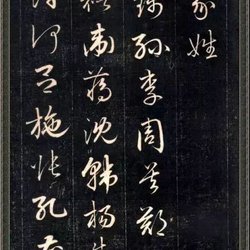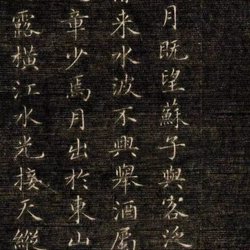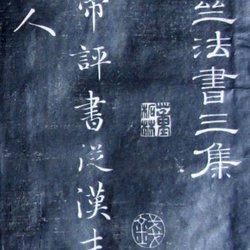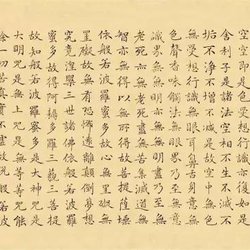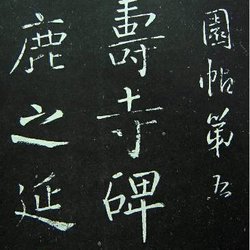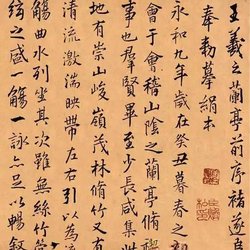Prince Cheng, Aixinjueluo Yongxuan (1752-1823) was the eleventh son of Emperor Qianlong and the elder brother of Emperor Jiaqing. He served as a military officer during the Jiaqing period. He began to learn Zhao Mengfu's calligraphy, and later also learned the characteristics of Ouyang Xun's calligraphy, and extensively copied calligraphy from Jin, Tang, Song, and Ming dynasties, thus forming a style that is upright, elegant, vigorous, and smooth.
Prince Cheng is famous for his regular script and running script. He was a famous calligrapher in the Qing Dynasty. It is said that Emperor Qianlong's calligraphy was excellent, but compared to his son becoming a prince, he was still a little less charming. If you don’t believe it, let’s take a look:
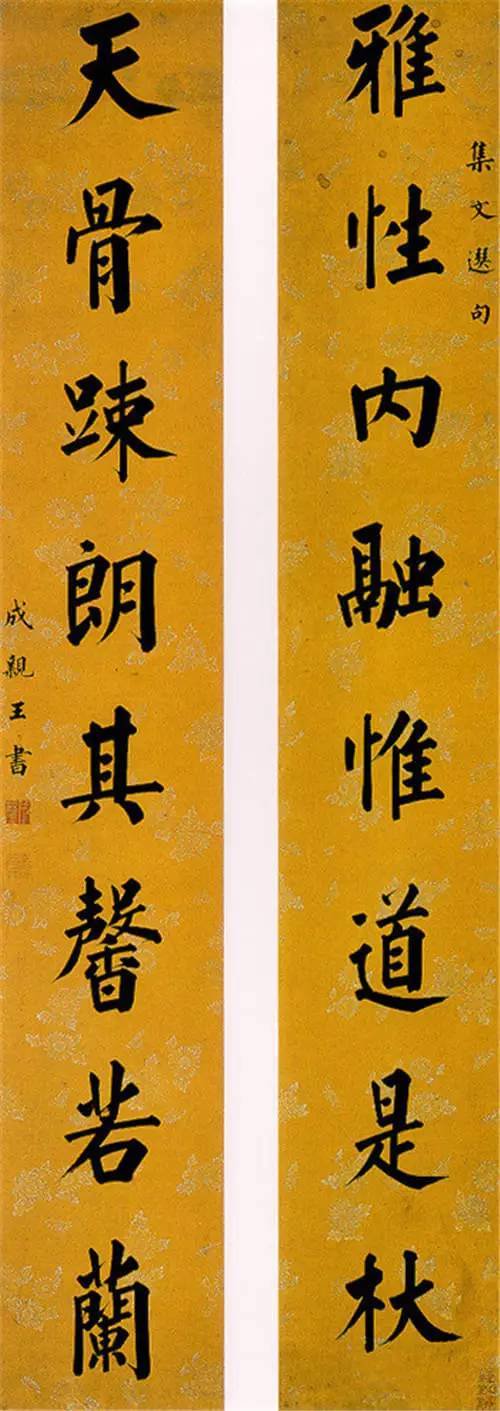
Prince Cheng's "Ya Xing Tian Gu Lian"
His calligraphy style inherits more of the characteristics of Zhao Mengfu's calligraphy. It is very round and beautiful, and has the characteristics of the imperial court style, but at the same time it has the characteristics of Ouyang Xun's calligraphy, which is different from Guangge style. Blindly pursuing integrity and beauty. Prince Cheng is famous for his regular script and running script. He is a famous calligrapher in the Qing Dynasty. He, Weng Fanggang, Liu Yong and Tiebao are also known as the four Qianlong calligraphers.
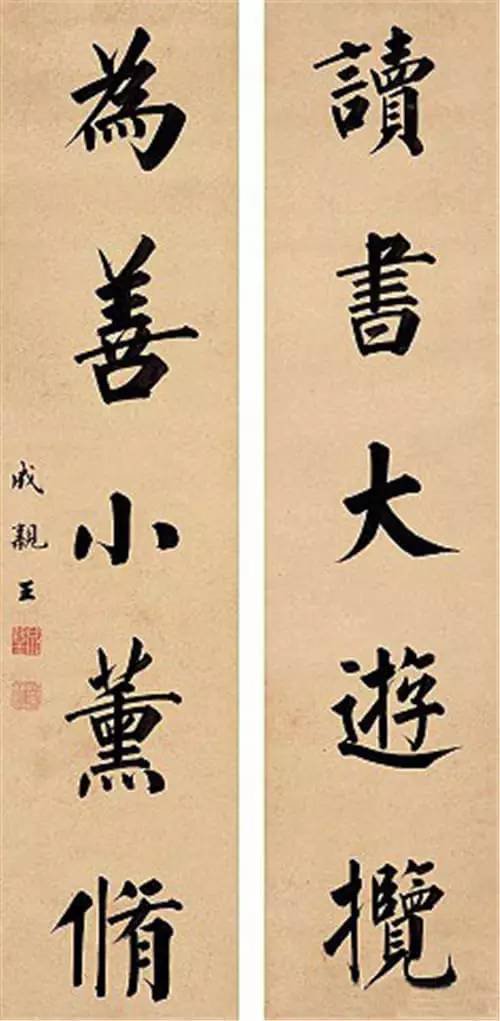
Prince Cheng's "Reading for Good"
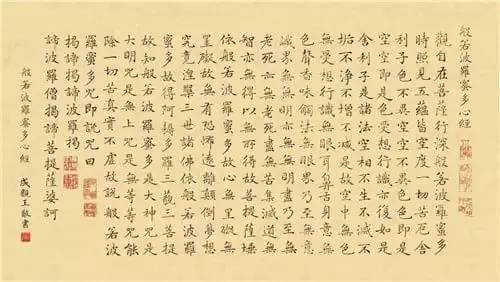
Prince Cheng's Heart Sutra in small regular script
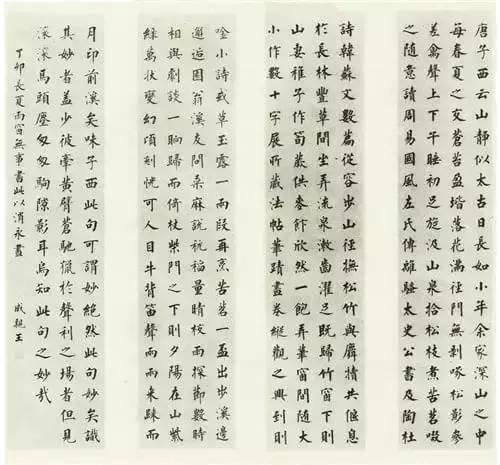
Prince Cheng's regular script with four lines
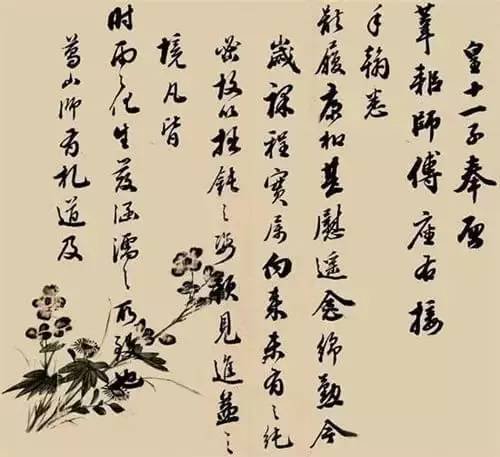
Notes from Prince Cheng
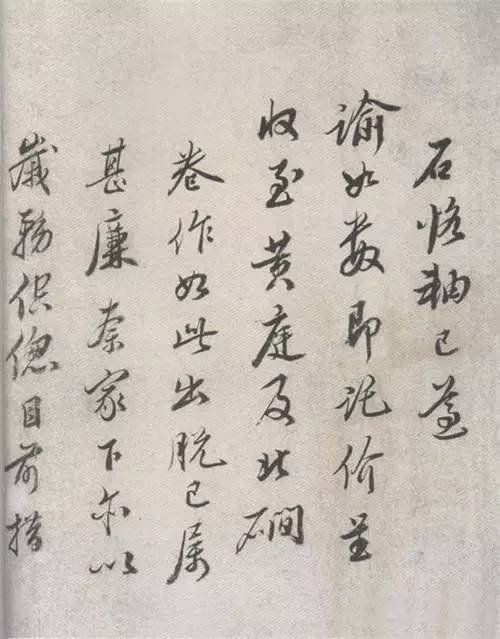
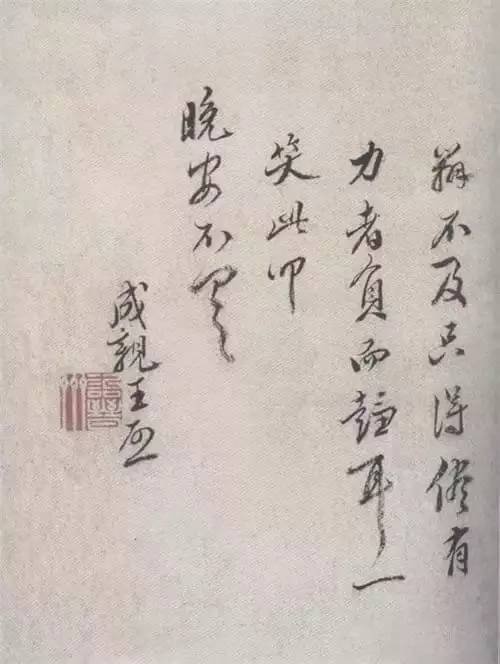
Notes from Prince Cheng
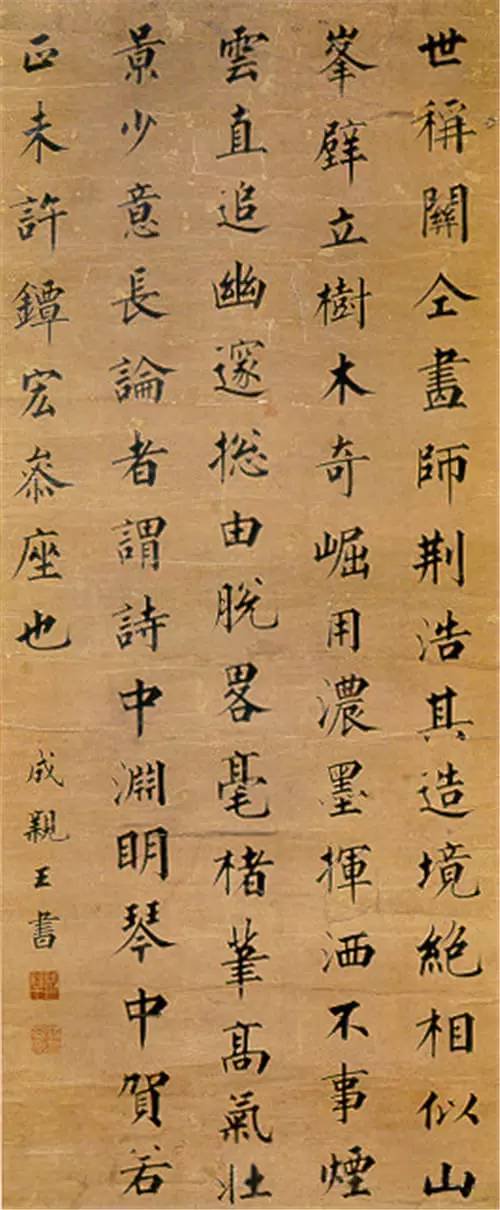
Prince Cheng's "Regulations on Painting Sentences in Regular Script"
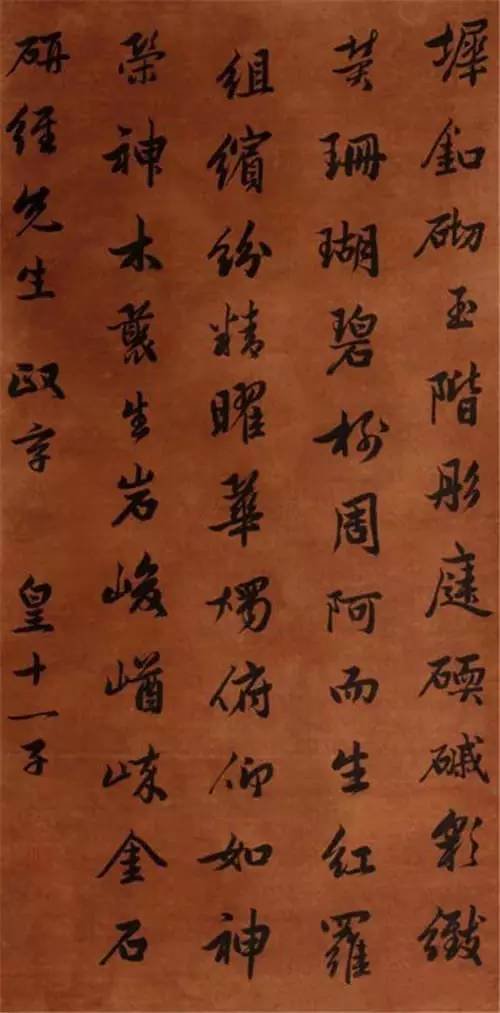
Prince Cheng's regular script

